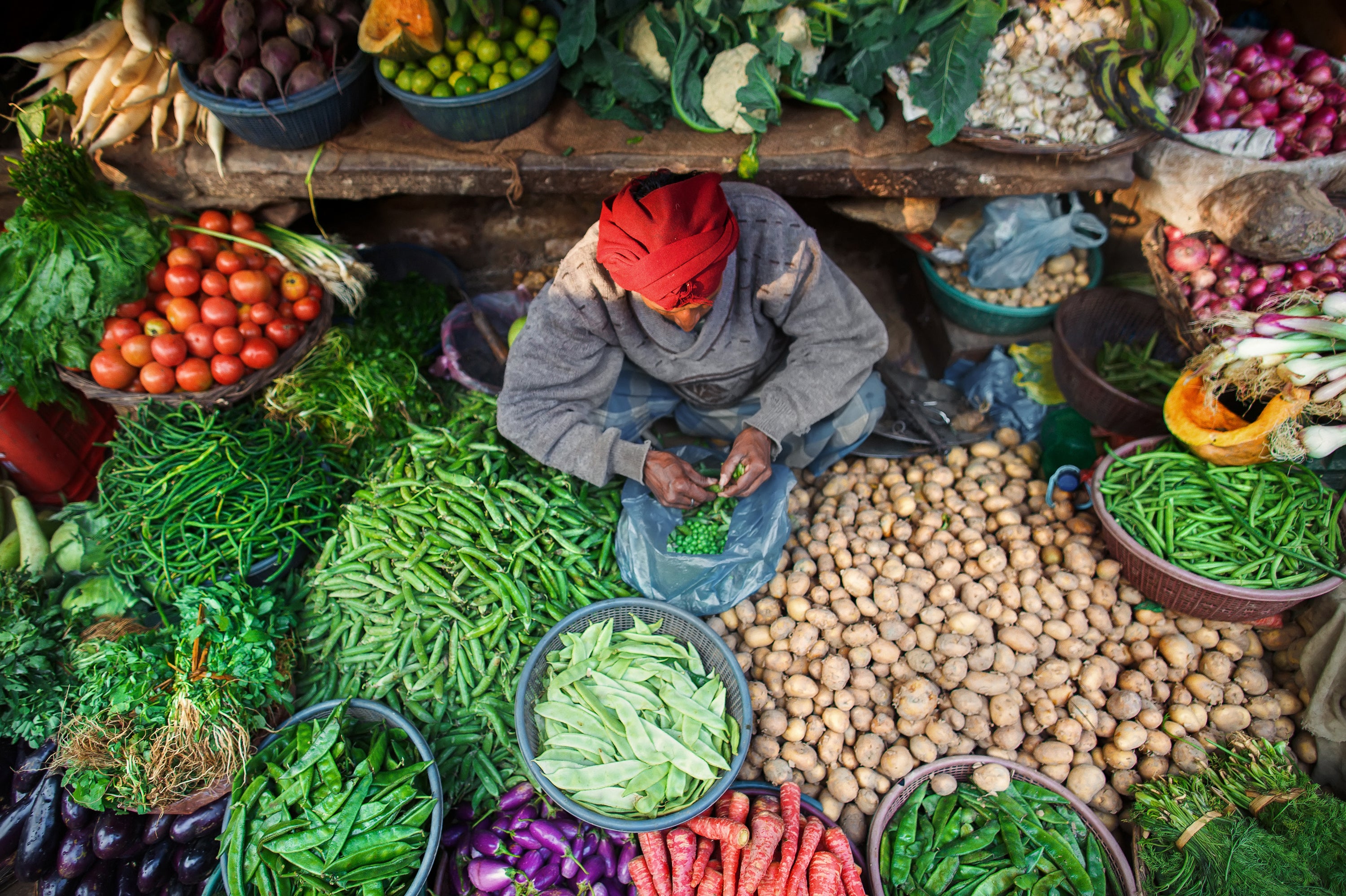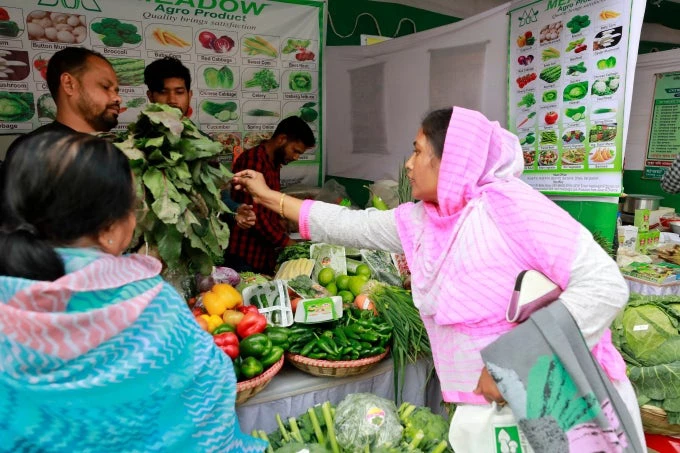
The scale of the undernutrition problem in South Asia is exceptional.
Children in the region have some of the highest global rates of stunting and wasting, which means they are too short and too thin for their age.
In what is known as the South Asian Enigma, the rates of stunting and wasting have remained stubbornly high despite substantial economic growth.
How severe is the problem?
Afghanistan has the highest rate of stunting in children under five in South Asia at 41 percent . Close behind are India and Pakistan at 38 percent, followed by Bangladesh and Nepal at 36 percent.
The rate of wasting is somewhat better, but still far too high in a region with rising income levels. Wasting is highest in India at 21 percent, followed by Sri Lanka at 15 percent and Bangladesh at 14 percent.
In 2010, we conceived the South Asia Food and Nutrition Security Initiative (SAFANSI) to test and support new interventions to improve nutrition.
SAFANSI gave small, flexible seed grants totaling $23.8 million to analyze root causes of undernutrition and to pilot innovative ideas to improve nutrition services.
The vision of SAFANSI as a catalyst for change came from three funding partners: the European Commission, the United Kingdom’s Department for International Development, and Australia’s Department of Foreign Affairs and Trade.
Most of SAFANSI’s 93 grant-supported activities reached beyond the health sector to try new approaches. Activities typically involved several sectors of state or local government such as agriculture, rural development, education, water and sanitation, communications, and regional integration.

Although SAFANSI is a small program by World Bank standards, it has had an outsized impact.
We were pleased to see some of SAFANSI’s most successful nutrition activities quickly scaled up by the Bank to reach more people in South Asia or replicated in other regions.
SAFANSI is now wrapping up its second phase of work and we want to share some of the highlights from a recently published retrospective report.
- SAFANSI supported the development of 11 national nutrition action plans and policies, including six national nutrition action plans for Afghanistan, Bangladesh, Nepal, and Sri Lanka.
- Regional Costing and Cost-effectiveness Analysis informed Bangladesh’s national nutrition budget to deliver interventions expected to prevent almost 50,000 deaths in children under five and more than 500,000 cases of stunting. Such gains will increase the nation’s economic productivity by an estimated $5.6 billion over the lifetimes of the children.
- SAFANSI contributed to or leveraged 32 Bank-financed projects worth $6.3 billion. SAFANSI accomplished this by experimenting with new community food and nutrition programs, building government capacity to monitor and evaluate activities, and evaluating the impact of our work.
- Bank-financed health and water/sanitation projects also tapped into village-based institutions, focusing on the first 1,000 days of life (from conception to two-year birthday).
- The innovative Social Observatory received the largest SAFANSI grant of $3.7 million. It used a participatory tracking system to collect data from more than 10,000 households to understand how the market, government, and behavioral failures affected nutrition. The data helped build the monitoring capacity of Jeevika and other rural livelihood projects in India, and the tracking system was replicated in Nepal and Indonesia.
- In India, a multisectoral nutrition pilot in the state of Bihar used community self-help groups developed by the Bank-supported Jeevika, a rural livelihood program.
- Nepal and Sri Lanka also piloted community-based groups for food and nutrition interventions. The SAFANSI-financed rapid results for nutrition initiative in Nepal focused on the first 1,000 days of a child’s life and was scaled up by a Bank-financed health project. In Sri Lanka, a multisectoral intervention model worked with communities and district government offices. The model was replicated in the Bank-financed rural livelihoods development project in Bangladesh.
- In Pakistan, SAFANSI helped four provincial governments develop nutrition policy guidance notes. The notes informed the design of Bank-financed health projects in the same provinces.
- Gender has been SAFANSI’s top priority. SAFANSI supported the development of the World Breastfeeding Costing Initiative tool to promote infant feeding practices and protect lactating mothers and children from a human rights perspective. The tool was adopted by Afghanistan, Bangladesh, India, and Nepal and by 16 countries outside the region.
- SAFANSI has sought ways to work with the private sector, which plays a key role in the food supply chain. SAFANSI financed a milk fortification pilot in India in partnership with Tata Trusts, private companies, and milk federations. The pilot, which is still underway, has produced 2.7 million metric tons of Vitamin A- and D-fortified milk for 55 million people in 19 states.
In the last eight years, SAFANSI helped close analytical gaps in addressing South Asia’s malnutrition enigma.
But more needs to be done.
If SAFANSI is continued in a third phase, we will take a closer look at fighting stunting and wasting by targeting adolescent girls with better prenatal nutrition and finding new ways to work with the private sector. The program would also incorporate evolving priorities such as encouraging nutrition-sensitive agriculture, creating interventions to treat urban malnutrition, and investigating how climate change will affect nutrition.
SAFANSI has demonstrated that a small, nimble program can break down artificial silos and be a catalyst for meaningful change . We want to continue innovating by bringing together experts in agriculture, health, water, sanitation, public administration, and other sectors to build a foundation for good nutrition that will help South Asians live healthy lives.


Join the Conversation